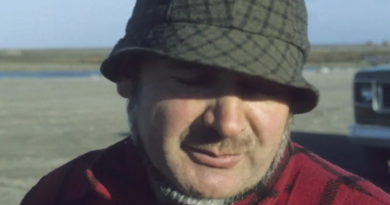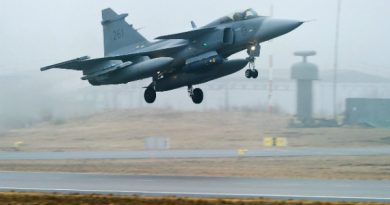New Russian icebreaker will boost year-round shipping on Northern Sea Route
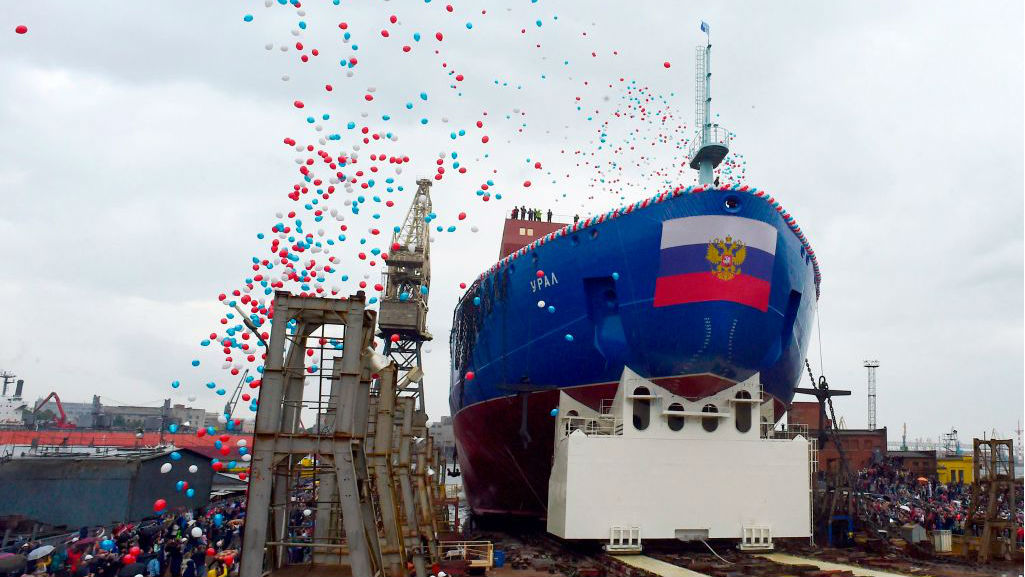
With two powerful nuclear reactors, Rosatomflot’s third LK-60Ya icebreaker will help Russia export even more gas to Asia by 2022.
Liquid natural gas (LNG) is big money for Russia’s private owned Novatek. But more powerful icebreakers are needed to reach the markets in Asia with the huge LNG tankers sailing out from Yamal and the Ob Bay. Especially along the eastern part of the Northern Sea Route, from the northern Kara Sea through the Laptev Sea towards the East Siberian Sea.
Novatek aims for year-round shipping in volumes more than twice today’s annual production of up to 15.5 million tons at Yamal LNG. By 2023, Arctic LNG II is expected to produce 19.8 million tons and the Ob LNG, announced last week, will add an annual production of up to 4.8 million tons.
“Without a modern nuclear icebreaking fleet, it is impossible to imagine the development of the Northern Sea Route,” said Vyacheslav Ruksha, Director of the Northern Sea Route Directorate of Rosatom State Corporation in a comment to Saturday’s launch of the new icebreaker.
“It is important that a decision has been made to conclude a contract for the construction of the fourth and the fifth serial nuclear-powered icebreakers. We are awaiting the start of construction of the Leader nuclear-powered icebreakers. With their appearance in the Arctic, it will be possible to talk about year-round navigation along the Northern Sea Route,” Ruksha said.
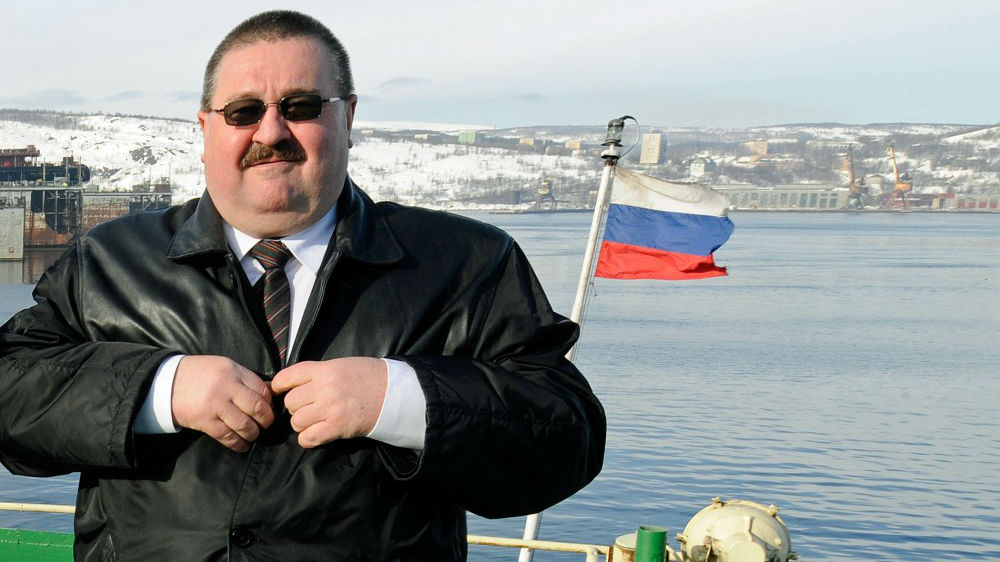
Breaking the way for tankers
The Ural icebreaker, which was launched from the dock at the Baltic Shipyard in St. Petersburg on Saturday will sail straight north to break the ice for the LNG tankers when transferred from the yard to Rosatomflot, hopefully by 2022.
Rosatom Director General, Alexey Likhachev said the new icebreakers are key to year-around shipping along Russia’s Arctic coast.
“The Ural together with its sisters are central to our strategic project of opening the Northern Sea Route to all-year activity. Our goal for 2024 is for more than 80 million tons of shipments to pass through the Northern Sea Route. We also plan to add two more project 22220 ships to our nuclear icebreaker fleet by 2027. The contract for construction of these icebreakers is expected to be signed by the end of this August,” Likhachev said.
Ural is the third of the new LK-60Ya class of nuclear-powered icebreakers, to take over from the aging Arktika-class of which only the Yamal and 50 Let Pobedy still are in operation.
The first two LK-60Ya icebereakers are given the same names as the two first, and now decommissioned, Arktika-class vessels, Arktika and Sibir.
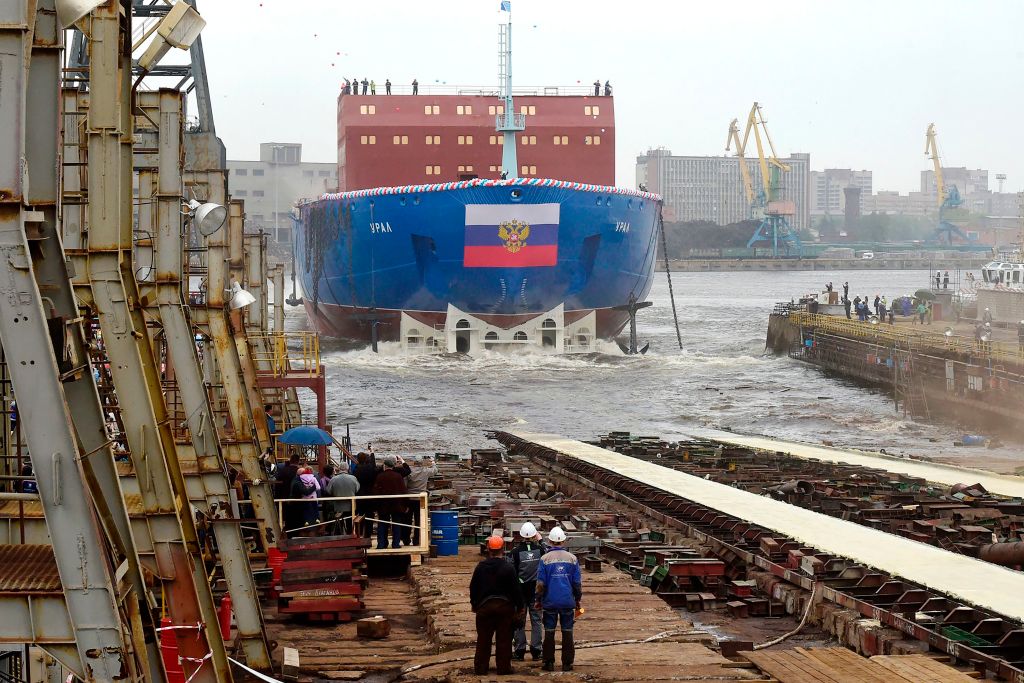
After several delays due to problems with deliveries of the turbine generators, the lead vessel Arktika is set to sail towards Murmansk in May 2020. Sibir will follow in 2021 and the Ural in 2022.
Two more icebreakers of the class will follow, but construction has yet to start.
Like Arktika and Sibir, also Ural is 173 metre-long and equipped with two RITM-200 nuclear reactors on board, capable of generating up to 350 MW combined. The vessels will by far be the world’s most powerful icebreakers, allowing them to break through up to 3 meters thick ice.
Related stories from around the North:
Canada: Ice-capable Canadian Coast Guard ships could be both ‘a blessing and a curse’: expert, Eye on the Arctic
Finland: Cold winter brings out Finland’s icebreakers ahead of schedule, Yle News
Norway: How a Norwegian coastal ferry service went global, Cryopolitics Blog
Russia: Russia extends lifetime of nuclear icebreakers to meet rising demand, The Independent Barents Observer
Sweden: Local shipping generates more emissions than domestic flights, Radio Sweden
United States: New U.S. icebreaker will focus on Antarctic, says Coast Guard boss, Alaska Public Media


